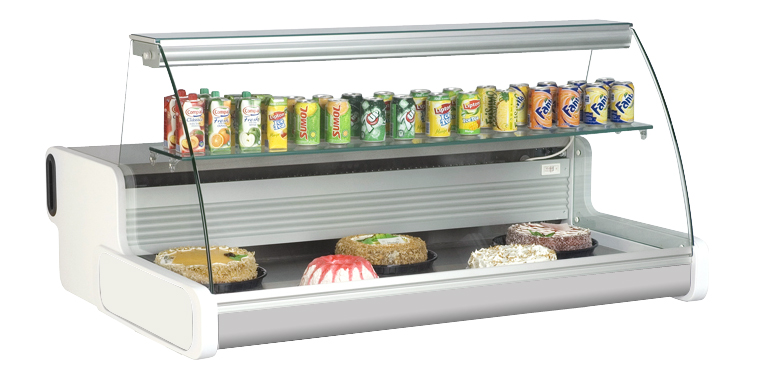
How Organising Refrigerated Stock can save you Pounds
Many people think that commercial refrigeration units can be installed, switched on and will run themselves. While this is true, there are a number of things which your restaurant can do which will optimise their refrigeration operations. By organising stock correctly, you will not only have created a system that will enable items to be on hand when you need them, but you will also maximise the efficiency of your equipment. The compressor doesn’t need to work as hard and will therefore last longer. The decrease in work load for the compressor also means that you can save money on your utility bills and overall running costs. In order to achieve optimum organisation you may need to install extra shelving to accommodate your new stock layout.
How to re-organise to achieve optimum results
- Create enough space between stock. If you are stocking a considerable amount of food items make sure that you don’t cram and squeeze items into the allotted space. Ample space should be left around items to allow a flow of cold air to circulate, effectively refrigerating stock. The recommended space between walls and other products is between 3-6 inches.
- Refrain from storing items directly on the floor. The previous rule of 3-6 inches applies to the floor also. Keeping stock above floor level allows easier sanitization and reduces any risks of pest infestation.
- Position fresh stock correctly. Fresh stock, such as fruit and vegetables can be ruined if stored too close to refrigeration fans. These items should be kept at the furthest point away from the fans. Produce in sealed containers will generally be more hardy and will be able to withstand close proximity to refrigeration fans.
- Adhere to food safety regulations. Food safety regulations categorically state that all meat items should be kept on the lower shelves. In the case of any spillages or thawing the meat will only drip juice onto the floor and not onto other stock, therefore rendering it useless. Any accidental spillages should be cleaned immediately to reduce any bacterial growth.
- Train kitchen staff to follow standard storage rules. The main rule is generally referred to as ‘first in, first out’. Strict stock rotation decreases waste, therefore increases profit. Labelling shelves and containers enables kitchen staff to be aware of what items are where with easy reference. If stock has been stored in standard plain containers, staff will be aware of what is inside without the need to physically open every single container.
Organising and arranging refrigeration may seem trivial when compared to more stressful restaurant commitments, however finding time to do these tasks properly once will mean that you have no need to worry and give it any thought for another month or so. Once organisation is complete you should aim to tidy up and realign refrigerated stock once a month. You can make your refrigeration easily navigable, will bring it in line with food safety regulations and will save you money in the future through less waste and increased unit efficiency.

Leave a Comment
Your email address will not be published. Required fields are marked *